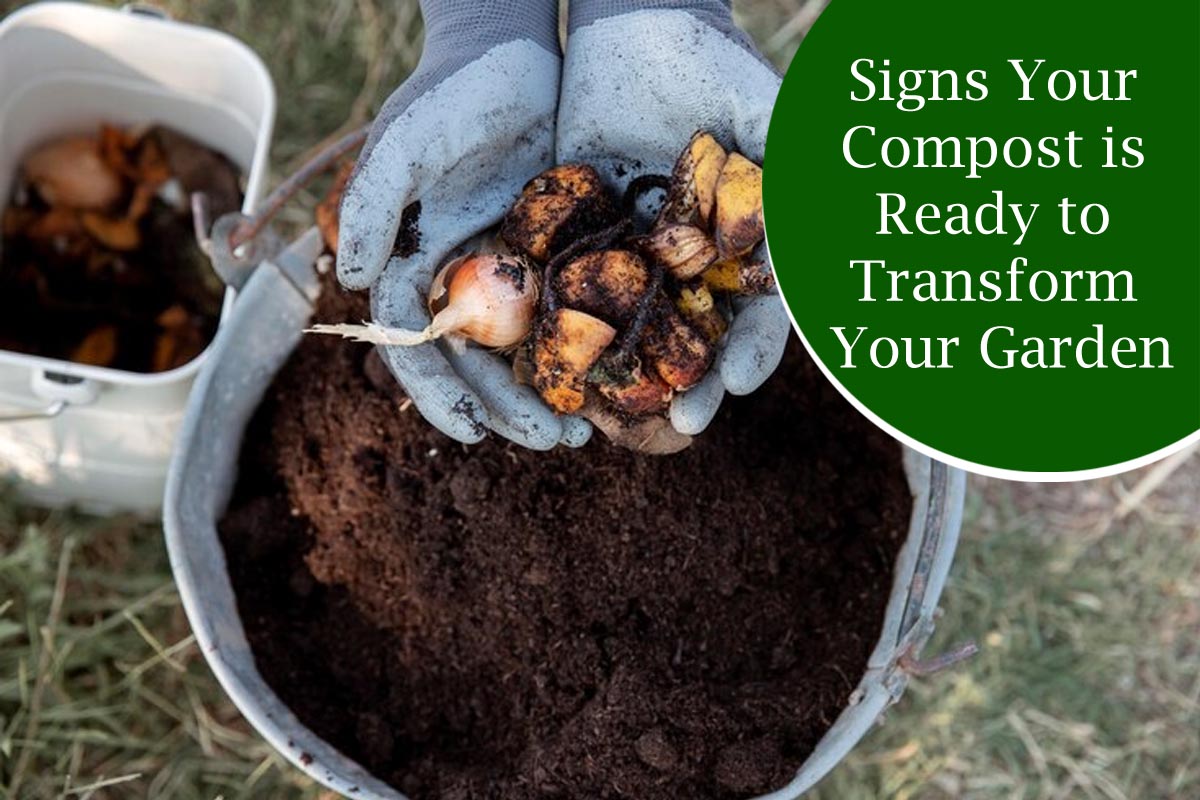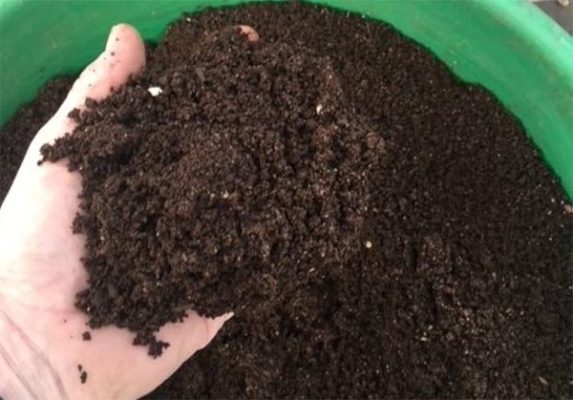
Signs Your Compost is Ready to Transform Your Garden
Composting is a rewarding and eco-friendly way to recycle kitchen and garden waste, turning it into nutrient-rich gold for your plants. However, determining when your compost is ready to be used in the garden is an art every gardener must master. In this blog, we’ll explore the signs that indicate your compost is mature and ready to unleash its full potential on your plants.
Signs Your Compost is Ready to Transform Your Garden
- Dark, Earthy Appearance
- Sweet, Earthy Smell
- Cool Temperature
- No Recognizable Materials
- Rich, Nutrient Content
- Reduced Volume
- Sprout-Free
Dark, Earthy Appearance
One of the most apparent signs that your compost is ready is its colour. As the organic materials break down, the compost transforms into a dark, rich brown or black colour, resembling crumbly soil. If your compost no longer reaches the original ingredients and has this dark, earthy appearance, it’s a good indicator that it’s ready for use.

Also Read This : 10 Low-Maintenance Balcony Plants to Transform Your Outdoor Oasis
Sweet, Earthy Smell
Compost that is ready to use emits a pleasant, earthy aroma reminiscent of a healthy forest floor. If your compost has a sweet and natural smell, the decomposition process is complete, stable, and mature. Avoid using compost that has a foul or ammonia-like smell, as this may suggest incomplete decomposition.
Also Read This : 10 Low Maintenance Indoor Plants: Beautify Your Space with Minimal Effort
Cool Temperature
A mature compost pile will have a cooler temperature than the initial hot composting phase. The temperature drop signifies that the microbial activity has slowed, and the compost stabilizes. Use a compost thermometer to check the temperature; a range between 90°F to 140°F (32°C to 60°C) during the active phase and cooling to near-ambient temperature afterwards indicates a well-processed compost.

Also Read This : Thriving Without Soil: Discover the Best Water-Loving Indoor Plants for Your Home
No Recognizable Materials
When your compost is fully mature, you should be unable to identify individual materials like food scraps, leaves, or twigs. Everything should be broken down into a uniform, crumbly texture. If you can still place large pieces, give them more time to decompose before using them in your garden.
Also Read This : Root Rot Prevention: Effective Methods to Safeguard Your Plant’s Roots
Rich, Nutrient Content
The primary purpose of compost is to enhance soil fertility. A mature compost is rich in nitrogen, phosphorus, and potassium nutrients. These nutrients are vital for plant growth and development. Conduct a simple nutrient test to ensure your compost is packed with the goodness your plants need.
Also Read This : Timeless Elegance of Shasta Daisy Perennial Flowers
Reduced Volume
Throughout the composting process, the volume of the materials decreases significantly. If your compost pile has reduced size and appears compact, it’s a good sign that the organic matter has broken down, leaving you with concentrated compost goodness.
Also Read This : Cultivating Luck at Home with These 10 Lucky Plants
Sprout-Free
Well-composted material is less likely to harbour weed seeds. If your compost is free of sprouts or weeds, it has effectively neutralized seeds, preventing unwanted plants from taking over your garden.
Also Read This : Common Shasta Daisy Problems and How to Solve Them
How does composting work?
Composting is a natural process that transforms organic waste into a nutrient-rich soil conditioner. Microorganisms, like bacteria and fungi, break down kitchen and garden scraps, aerobically decomposing the material. In the initial hot phase, microbial activity generates heat, accelerating decomposition. Carbon-rich “browns” (e.g., leaves) and nitrogen-rich “greens” (e.g., food scraps) create a balanced environment. Regular turning of the compost pile ensures oxygen supply, aiding decomposition. Over weeks to months, the compost cools, indicating maturity. The result is a dark, crumbly mixture, rich in essential nutrients, enhancing soil structure and promoting plant growth. Composting reduces landfill waste and fosters sustainable, eco-friendly practices.
Also Read This : Basaman Mama: The Extraordinary Groom Who Sacrificed for a Tree
Knowing when your compost is ready for use is crucial for optimizing its benefits in your garden. Keep an eye out for these signs – the dark colour, earthy smell, cool temperature, absence of recognizable materials, nutrient richness, reduced volume, and sprout-free – to ensure you’re harnessing the full potential of your compost. With patience and attention to these indicators, you’ll be rewarded with nutrient-dense compost to bring your garden to life. Happy composting!
Also Read This : 3 Method to Grow Shasta Daisy: A Beginner’s Guide
Also Read This : Balancing Act: Determining the Right Amount of Compost for Your Plants




